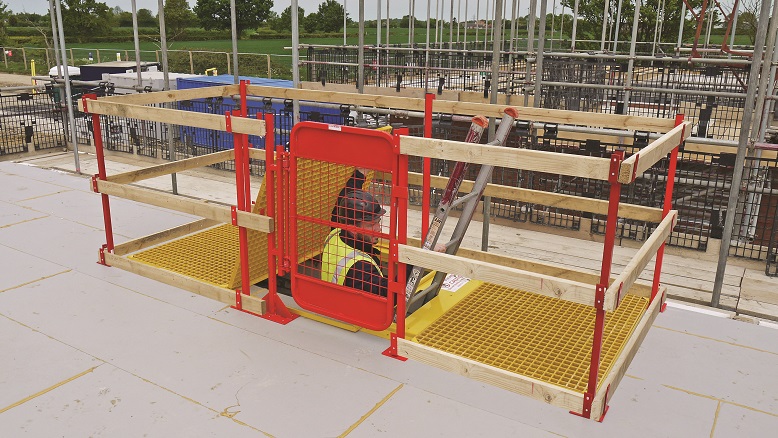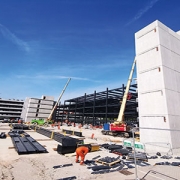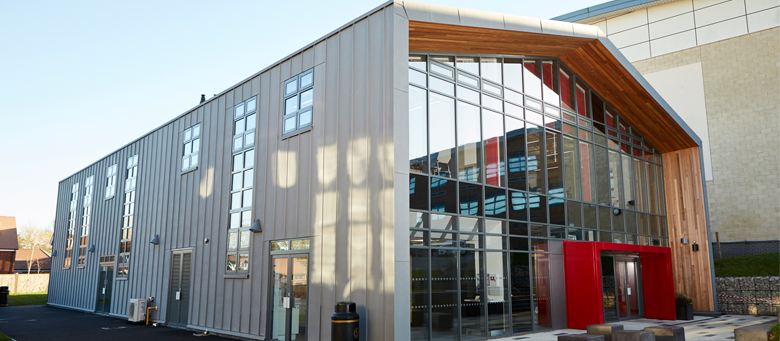This is MMC… but not as we know it
Advances in construction techniques over the past decade have given rise to some genuine commercial, sustainable and health and safety benefits – all while improving efficiency and performance. However, as building regulations are updated over time and standards become increasingly stringent, these modern methods of construction risk failing to keep pace, particularly where thermal insulation is concerned. Chris Lea, Technical Sales Manager, SIG Performance Technology, explores why the construction sector needs to rethink its approach to reducing heat loss in a building and why the aerospace industry appears to hold the answer.
Some of the major specification drivers for building design in modern times are the need to keep building footprint to a minimum, maximise internal rentable space and achieve the highest energy efficiency performance possible. Working within the confines of these design objectives, developers must also achieve accelerated build programmes in a bid to complete within budget and realise the return on investment as promptly as possible.
Fast track construction which uses steel or timber frame has become a tried and tested build method in the UK, particularly in high rise developments. As the exterior of these buildings is commonly a cladding finish, the challenge of reducing heat loss while maximising internal floor space and minimising building footprint comes to the fore. Crucially, the insulation has to be installed within the through-wall build up, but this construction suffers from cold bridging as soon as the rainscreen carrier system is installed. This is where innovative new insulation techniques are helping modern construction techniques to stay at the forefront.
Helping hands
The availability of 3D thermal modelling has proven a valuable technology in assisting the development of new solutions which address current construction challenges. After reviewing thermal models of buildings using rainscreen systems, the innovation team at SIG Performance Technology identified high levels of heat loss being caused by the helping hand bracketry in the support systems. Realising that a reduction in the cold bridging through the bracketry would significantly improve the overall performance of the building envelope, research began into developing an insulated clip-on solution.
After a programme of development, aerogel – most commonly used in aerospace and industrial applications – emerged as the most suitable insulant owing to its exceptional thermal performance and proven flexible properties. This led to the launch of CHI-GASKET, a patented insulated component which is simply clipped on to standard helping hand bracketry on-site. In doing so, the cold bridging is significantly reduced and means the insulation within the through-wall build-up does not have to compensate for this and consequently does not have to achieve such low U-Values. It is because of this that the CHI-GASKET is now considered from initial design stage.
Aerogel in action
The use of Aerogel as an insulant in helping hand bracketry is a unique application but one where a change in design process has enabled major developments to achieve core design objectives. This principle is also now being applied in modular buildings and offsite construction, where linear areas of heat loss at construction junctions prove a common challenge.
As the modular buildings typically have much tighter junctions than those constructed on-site, these developments present several challenges. Firstly, lower density insulation is more flexible and easier to install into tight frames, but these materials are generally lower performing from a thermal perspective. Secondly, rigid materials offer good thermal insulation, but require cutting to size, either on or off-site, which adds a layer of complexity to the construction process. Finally, both of these methods leave room for installation error, as the materials are being cut to size or pushed into place manually.
Offering a solution to this challenge is Aerogel. The material can be precision cut to size and fabricated to any bespoke shape to meet the exact needs of modular building specifications. Thermally excellent yet flexible, precision manufactured aerogel linings would deliver a much greater level of quality control and reduce labour time in construction – all of which align with modern methods of construction.
While the name Aerogel is probably more synonymous with NASA than with MMC, as the construction market continues to innovate with insulation, this could be set to change in the not so distant future.

















Leave a Reply
Want to join the discussion?Feel free to contribute!